Home>Others>Eco-Friendly Products>What Color Is The Recycling Bin
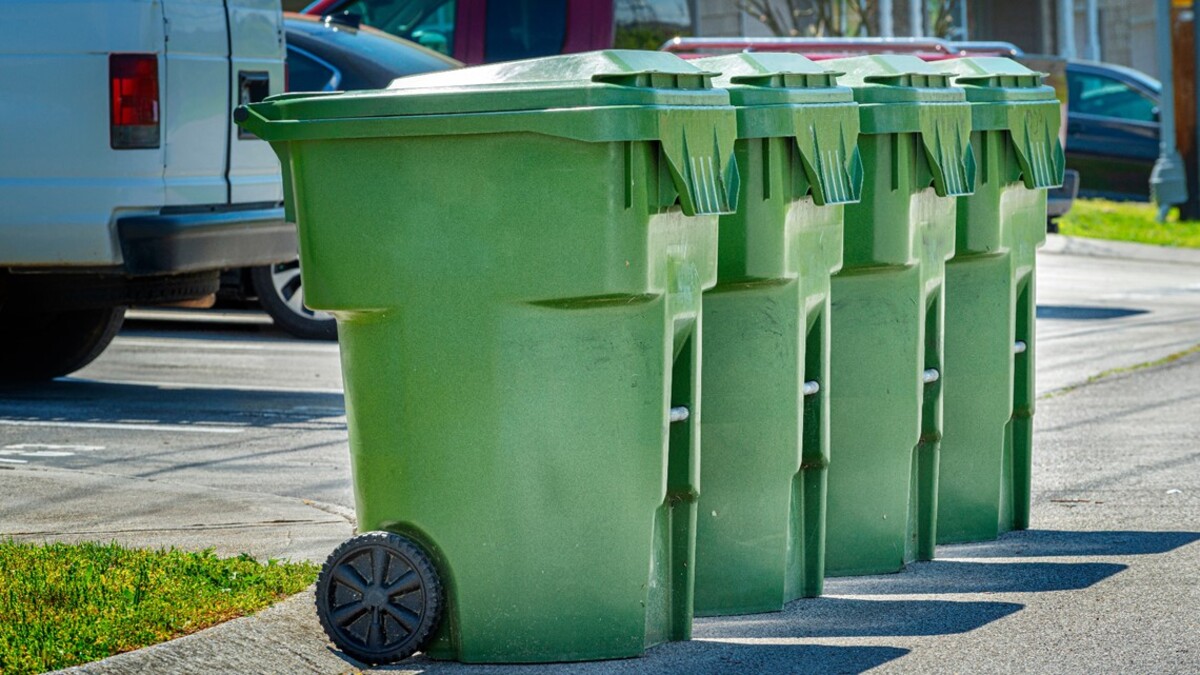

Eco-Friendly Products
What Color Is The Recycling Bin
Published: January 18, 2024
Discover the eco-friendly products you can recycle in the recycling bin. Learn about the colors of recycling bins and how they contribute to sustainability. Find out more!
(Many of the links in this article redirect to a specific reviewed product. Your purchase of these products through affiliate links helps to generate commission for Storables.com, at no extra cost. Learn more)
Introduction
Welcome to the world of recycling, where every small act makes a big difference. Have you ever paused to ponder over the color of your recycling bin? It might seem like a trivial detail, but the color of recycling bins holds a deeper significance than meets the eye. In this article, we will delve into the captivating world of recycling bin colors, exploring their importance, evolution, and global perspectives.
Recycling has become an integral part of our daily lives, reflecting our collective commitment to sustainability. The simple act of sorting and recycling waste has a profound impact on the environment, conserving resources and reducing pollution. As we embark on this enlightening journey, let's unravel the history and significance of recycling bin colors, shedding light on their evolution and the factors that influence their hues. Join us as we uncover the global perspective on recycling bin colors, gaining a deeper understanding of this seemingly mundane yet crucial aspect of environmental conservation.
Key Takeaways:
- Recycling bin colors, like blue for paper and green for glass, play a vital role in waste segregation and environmental stewardship, promoting sustainable behaviors and resource conservation.
- The evolution of recycling bin colors reflects a global commitment to environmental sustainability, transcending cultural boundaries and speaking a universal language of responsible consumption and waste management.
Read more: What Goes In The Green Recycling Bin
The Importance of Recycling
Recycling plays a pivotal role in preserving our planet for future generations. By diverting waste from landfills and incinerators, recycling conserves natural resources, reduces energy consumption, and minimizes pollution. Every item we recycle, whether it’s a plastic bottle, a newspaper, or a glass jar, contributes to the collective effort of environmental sustainability.
One of the key benefits of recycling is the conservation of natural resources. When we recycle materials such as paper, plastic, glass, and metal, we reduce the need for raw materials, thereby preserving forests, reducing water consumption, and protecting habitats. Additionally, recycling helps to lower energy consumption during the manufacturing process, leading to a decrease in greenhouse gas emissions and mitigating climate change.
Furthermore, recycling plays a crucial role in waste management. By diverting recyclable materials from landfills, we alleviate the strain on these facilities and reduce the production of methane, a potent greenhouse gas emitted from decomposing organic waste. This, in turn, contributes to improved air and water quality, fostering a healthier environment for all living beings.
Recycling also stimulates the economy by creating jobs in the collection, processing, and manufacturing of recycled materials. It fosters innovation in product design and encourages the development of sustainable technologies. Moreover, by reducing the demand for raw materials, recycling helps to stabilize commodity prices and decrease the environmental impact of resource extraction.
Ultimately, recycling is a tangible expression of our commitment to environmental stewardship. It empowers individuals, communities, and nations to take responsibility for their consumption patterns and waste management practices. By embracing recycling, we can collectively work towards a more sustainable and harmonious coexistence with the natural world.
The History of Recycling Bins
The concept of recycling bins traces its roots back to the environmental awakening of the late 20th century. As concerns about waste management and resource conservation grew, communities and governments began to explore ways to facilitate the collection and sorting of recyclable materials. This led to the emergence of dedicated containers known as recycling bins, which revolutionized the way we approach waste disposal.
The earliest iterations of recycling bins were simple and utilitarian, designed to encourage the separation of recyclable items from general waste. These bins were typically color-coded to denote the type of materials they were intended to collect, laying the groundwork for the distinctive recycling bin colors we recognize today.
Over time, the design and functionality of recycling bins evolved in response to the increasing emphasis on environmental sustainability. Innovations in materials and manufacturing processes led to the development of durable, weather-resistant bins suitable for both indoor and outdoor use. Additionally, advancements in ergonomic design and user-friendly features made recycling bins more accessible and convenient for individuals and communities.
The widespread adoption of recycling programs and initiatives further propelled the evolution of recycling bins. As public awareness of environmental issues grew, so did the demand for efficient and visually distinct receptacles for recyclable materials. This catalyzed the diversification of recycling bin designs, accommodating various settings such as homes, schools, offices, public spaces, and industrial facilities.
Today, recycling bins are not only functional but also aesthetically appealing, blending seamlessly into diverse environments while serving as symbols of environmental consciousness. They stand as tangible reminders of our collective responsibility to reduce, reuse, and recycle, embodying the values of sustainability and conservation.
The Evolution of Recycling Bin Colors
The evolution of recycling bin colors is a fascinating journey that reflects the ever-growing emphasis on waste segregation and environmental awareness. In the early stages of recycling initiatives, a few basic colors were used to differentiate recycling bins and streamline the sorting process. However, as recycling programs expanded and diversified, the spectrum of recycling bin colors underwent a remarkable transformation, encompassing a wide range of hues and shades to accommodate various types of recyclable materials.
Traditionally, the color blue has been closely associated with recycling, symbolizing the eco-friendly practice of diverting waste from landfills and promoting sustainable resource management. Blue recycling bins are commonly designated for collecting paper and cardboard, leveraging the calming and universally appealing attributes of the color blue to encourage widespread participation in paper recycling efforts.
Green recycling bins, on the other hand, have become synonymous with the collection of glass bottles and jars, embodying the vibrancy and eco-conscious connotations of the color green. The use of green receptacles for glass recycling serves as a visual cue for individuals to segregate glass waste, contributing to the conservation of natural resources and the reduction of energy consumption in glass production.
Furthermore, yellow recycling bins often signify the collection of metal and aluminum items, harnessing the bright and attention-grabbing qualities of the color yellow to draw attention to the importance of metal recycling. Yellow bins serve as beacons for the disposal of aluminum cans, steel containers, and other metal packaging, highlighting the value of recycling these materials to minimize environmental impact and conserve valuable resources.
As recycling programs continue to expand and diversify, additional colors such as red, brown, and clear have been incorporated into the spectrum of recycling bin colors, each representing specific categories of recyclable materials. This evolution in recycling bin colors not only facilitates efficient waste segregation but also fosters a visual language that promotes environmental stewardship and sustainable living.
Check with your local waste management or recycling center to find out the specific color of the recycling bin in your area. Different cities and towns may use different colors for their recycling bins.
Factors Influencing Recycling Bin Colors
The selection of recycling bin colors is influenced by a myriad of factors, each contributing to the effectiveness and efficiency of waste segregation and recycling initiatives. From psychological associations to practical considerations, the choice of colors for recycling bins is a carefully considered process aimed at maximizing participation and promoting the proper disposal of recyclable materials.
One of the primary factors influencing recycling bin colors is the psychological impact of color on human behavior. Colors such as blue and green, which are commonly associated with nature, tranquility, and eco-friendliness, are often chosen for recycling bins to evoke positive emotions and reinforce the connection between waste disposal and environmental responsibility. These colors create a visual link between the act of recycling and the broader concept of sustainability, encouraging individuals to embrace recycling as a conscious and meaningful choice.
Practical considerations also play a significant role in determining recycling bin colors. High-visibility colors such as yellow and red are often utilized for bins collecting specific types of recyclable materials, making it easier for individuals to identify and differentiate between different categories of waste. This enhances the clarity of recycling programs and simplifies the sorting process, ultimately contributing to higher recycling rates and reduced contamination of recyclable materials.
Cultural and regional preferences further influence the choice of recycling bin colors, with certain colors holding specific connotations and symbolism in different societies. By aligning recycling bin colors with cultural norms and preferences, recycling programs can resonate more deeply with local communities, fostering a sense of inclusivity and relevance that encourages active participation and engagement.
Moreover, the standardization of recycling bin colors across different locations and contexts promotes consistency and clarity in waste management practices. Establishing a universal color scheme for recycling bins facilitates seamless recognition and understanding, irrespective of geographical boundaries or linguistic differences, thereby promoting a cohesive and accessible approach to recycling.
Ultimately, the selection of recycling bin colors is a multifaceted process that blends aesthetics, functionality, and cultural relevance to create a visually compelling and effective system for waste segregation and recycling. By harnessing the power of color psychology, practicality, cultural resonance, and standardization, recycling bin colors serve as catalysts for sustainable behavior and environmental stewardship.
Read more: How To Find The Recycling Bin
The Global Perspective on Recycling Bin Colors
Across the globe, the adoption of recycling bin colors reflects a shared commitment to environmental sustainability, albeit with unique cultural nuances and regional variations. From the bustling streets of urban metropolises to the serene landscapes of rural communities, recycling bin colors serve as visual beacons of conscientious waste management practices, embodying the diverse approaches and attitudes towards recycling on a global scale.
In many Western countries, the use of standardized recycling bin colors has become a hallmark of organized and efficient waste management systems. The prevalence of blue, green, and yellow recycling bins for paper, glass, and metal respectively, reflects a cohesive and recognizable approach to waste segregation, promoting clear and consistent recycling practices across communities and public spaces.
Conversely, in some Asian countries, the color red is often associated with recycling bins, signifying the collection of mixed recyclables or general waste. This departure from the traditional blue and green color scheme underscores the cultural and regional variations in waste disposal practices, highlighting the importance of tailoring recycling initiatives to resonate with local norms and preferences.
Furthermore, the global perspective on recycling bin colors extends beyond functional distinctions, encompassing symbolic and aesthetic considerations. In some regions, vibrant and eye-catching hues are employed for recycling bins to capture attention and inspire active participation in recycling efforts. These bold colors serve as visual reminders of the collective responsibility to safeguard the environment and nurture a sustainable future for generations to come.
Amidst the rich tapestry of global recycling practices, the unifying thread lies in the universal purpose of recycling bin colors: to promote awareness, facilitate waste segregation, and encourage sustainable behaviors. Whether it’s the azure blue of paper recycling bins in Europe, the emerald green of glass recycling bins in Asia, or the radiant red of mixed recyclables bins in North America, recycling bin colors transcend language barriers and geographical boundaries, speaking a common language of environmental stewardship and responsible consumption.
Ultimately, the global perspective on recycling bin colors reflects the interconnectedness of environmental challenges and the shared commitment to addressing them through innovative and culturally relevant approaches. By embracing the diversity of recycling bin colors and the narratives they embody, we can forge a more harmonious and sustainable relationship with the planet we call home.
Conclusion
The color of a recycling bin may seem like a small detail, but it carries immense significance in the realm of environmental conservation. From the humble beginnings of recycling bins to the vibrant array of colors that adorn them today, the evolution of recycling bin colors mirrors the global journey towards sustainable waste management and resource conservation.
Recycling bin colors serve as visual ambassadors of our collective commitment to environmental stewardship, embodying the values of sustainability, responsibility, and conscientious consumption. They transcend linguistic barriers and cultural differences, speaking a universal language that resonates with individuals and communities worldwide.
As we navigate the intricate tapestry of recycling bin colors, we uncover a narrative of innovation, cultural resonance, and practicality. The selection of recycling bin colors is a delicate balance of psychology, functionality, and cultural relevance, designed to inspire and empower individuals to participate in the noble endeavor of recycling.
From the calming blue of paper recycling bins to the vibrant green of glass recycling receptacles, each color tells a story of conservation and renewal. It beckons us to pause and consider the impact of our actions, encouraging us to embrace the transformative power of recycling in shaping a more sustainable future for our planet.
In closing, the significance of recycling bin colors transcends their visual appeal, encapsulating the spirit of environmental consciousness and the global quest for a greener, cleaner world. So, the next time you encounter a recycling bin, take a moment to appreciate its color, for within it lies a profound narrative of sustainability, unity, and hope for a brighter tomorrow.
Frequently Asked Questions about What Color Is The Recycling Bin
Was this page helpful?
At Storables.com, we guarantee accurate and reliable information. Our content, validated by Expert Board Contributors, is crafted following stringent Editorial Policies. We're committed to providing you with well-researched, expert-backed insights for all your informational needs.

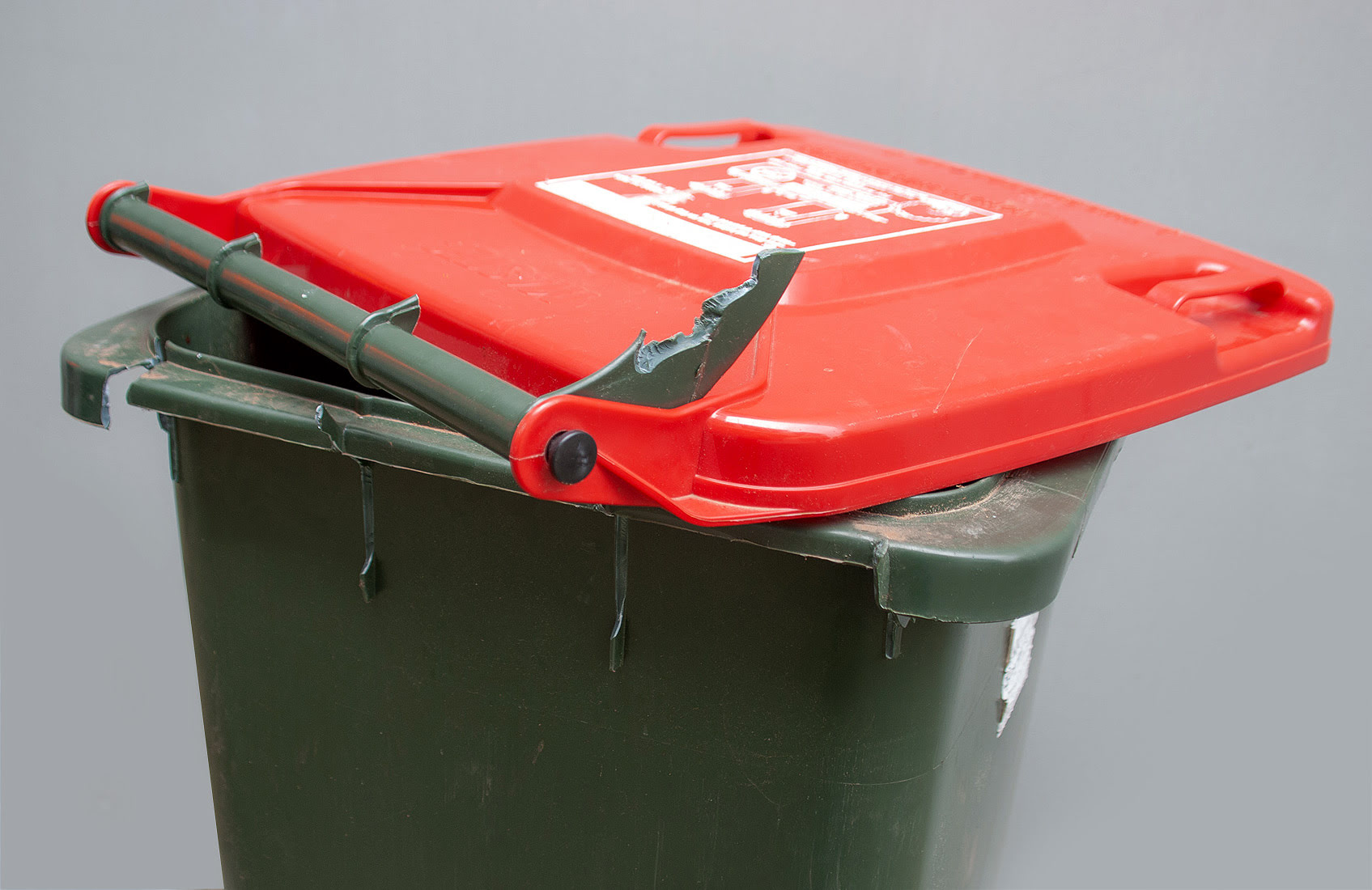
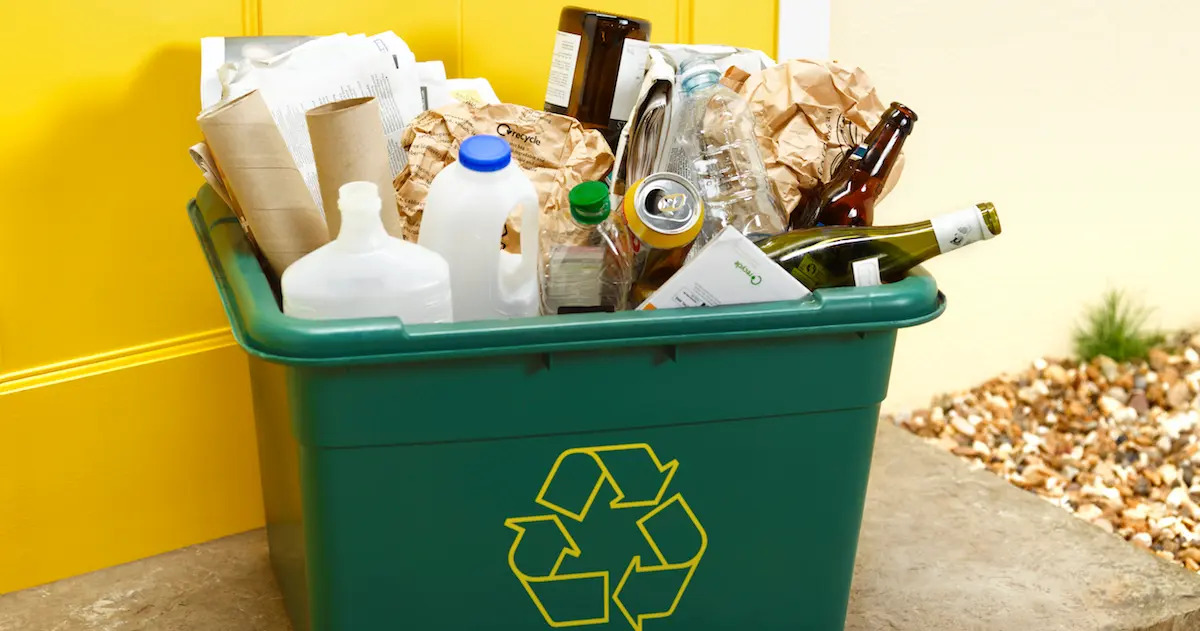
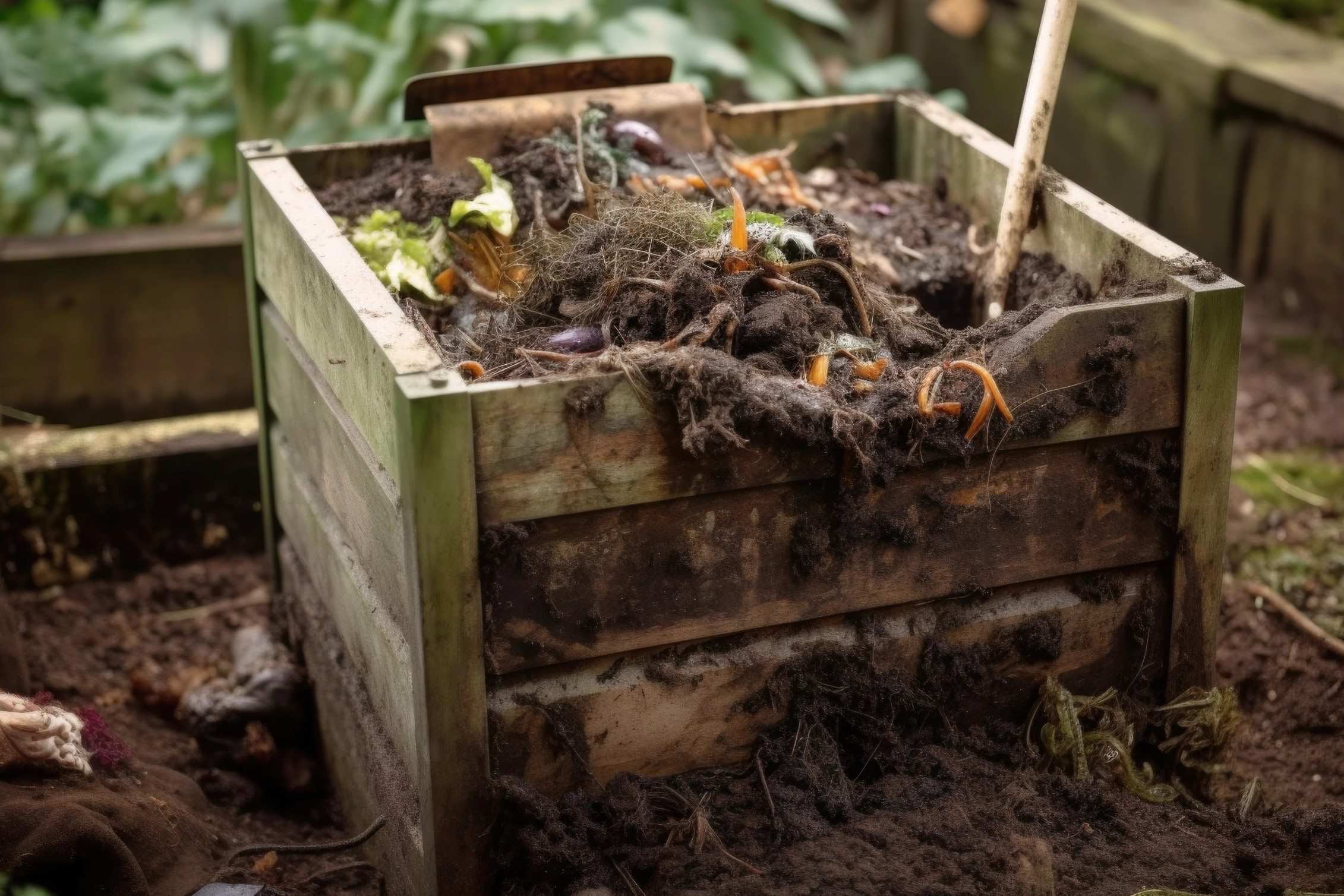
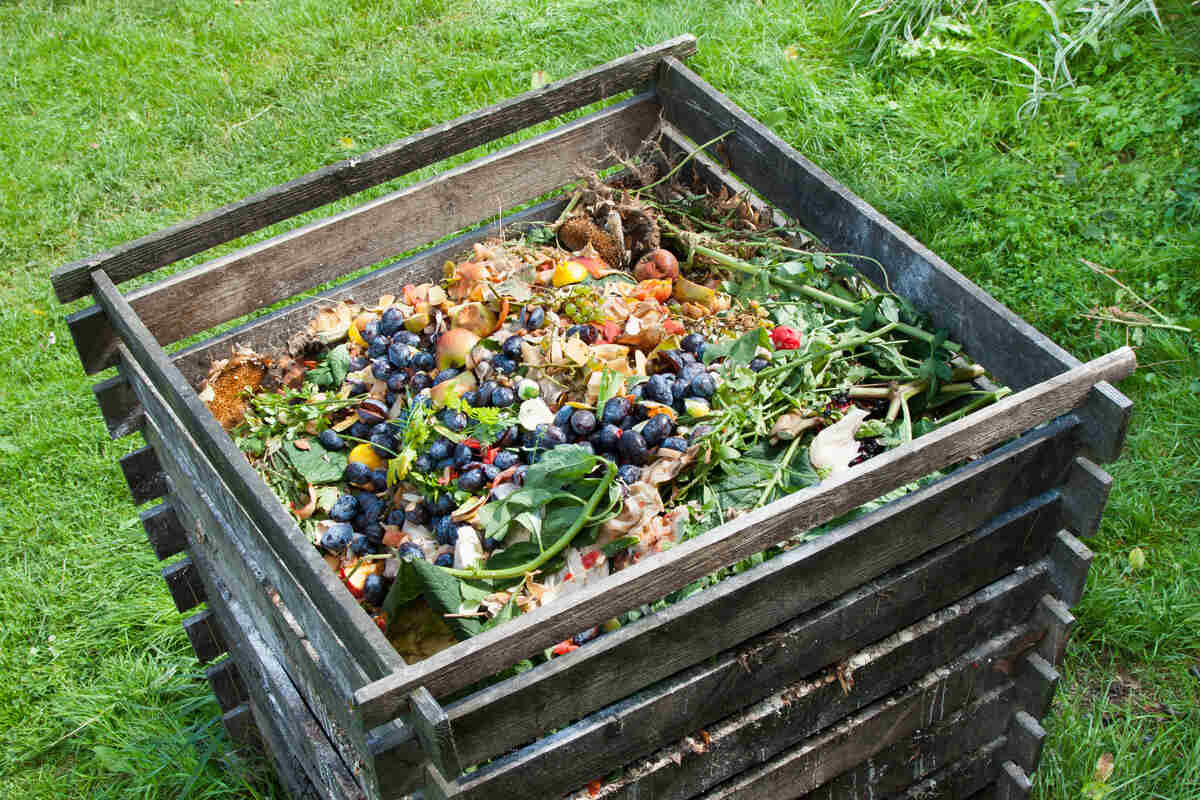
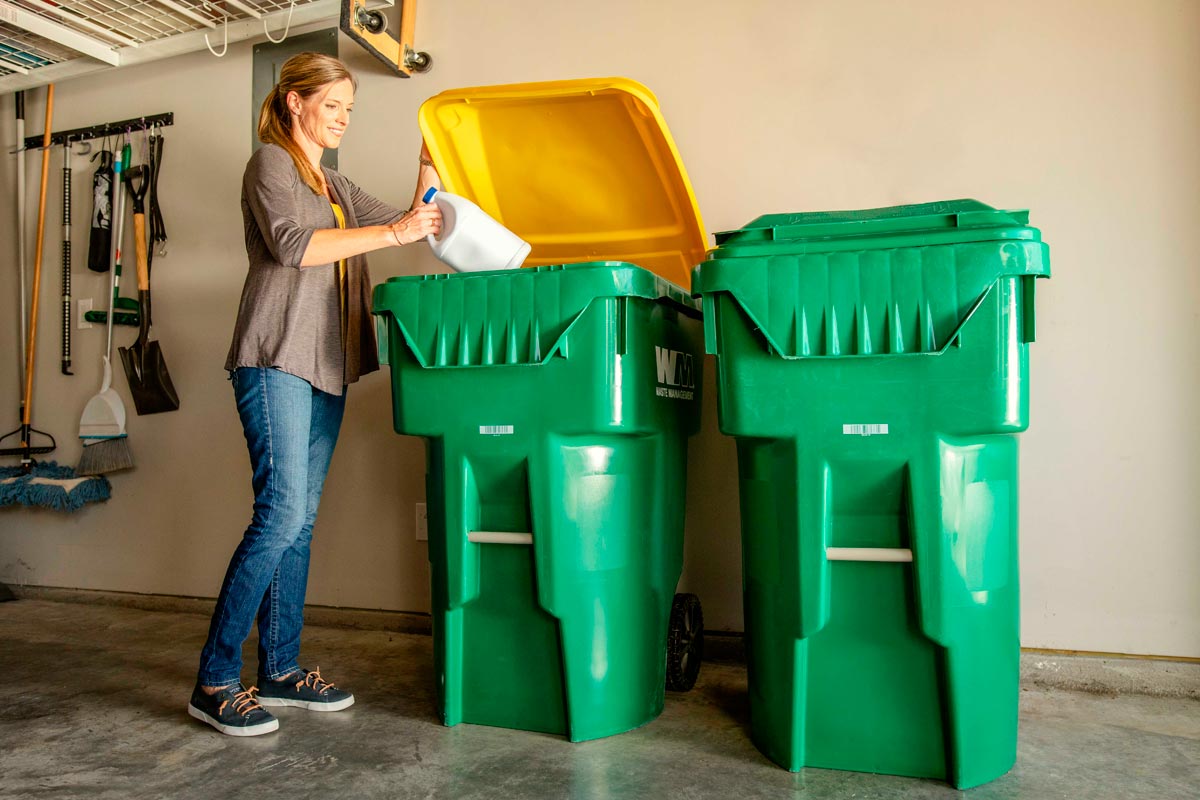

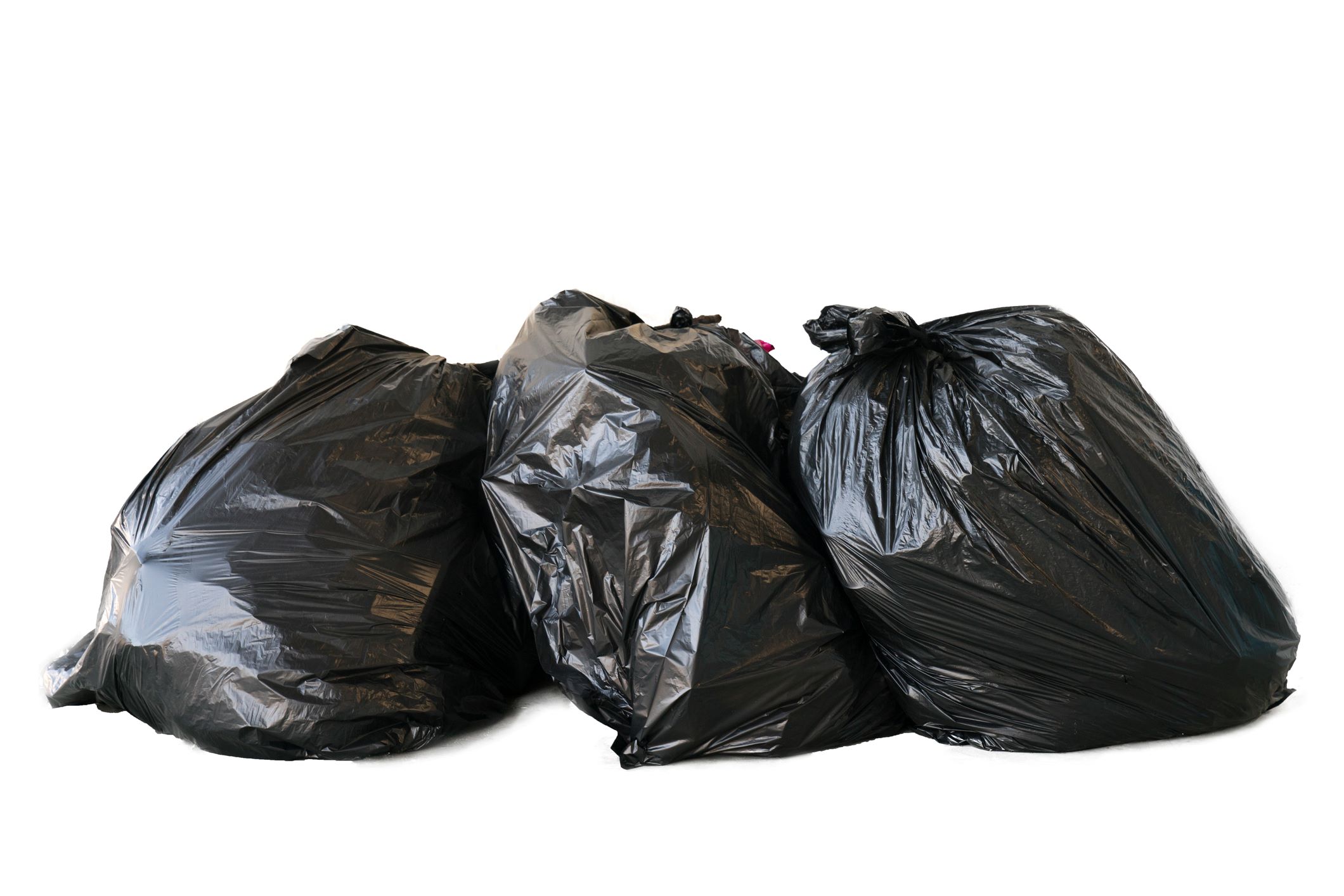
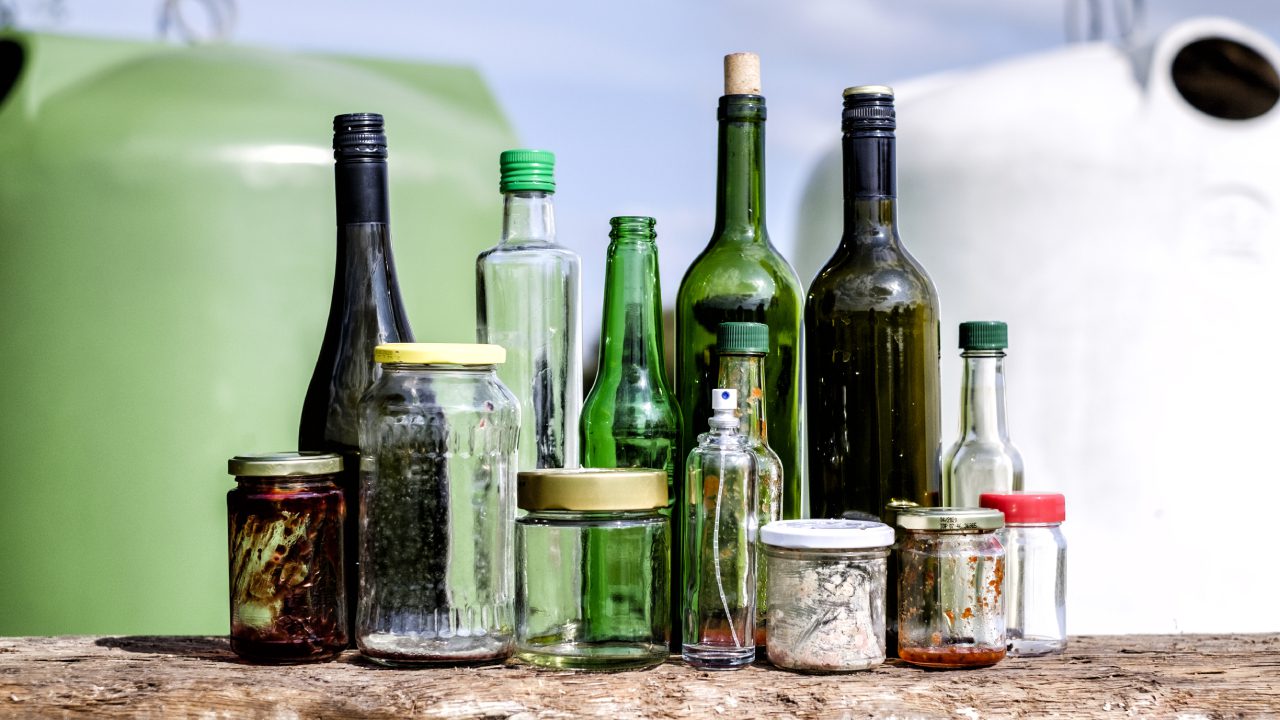
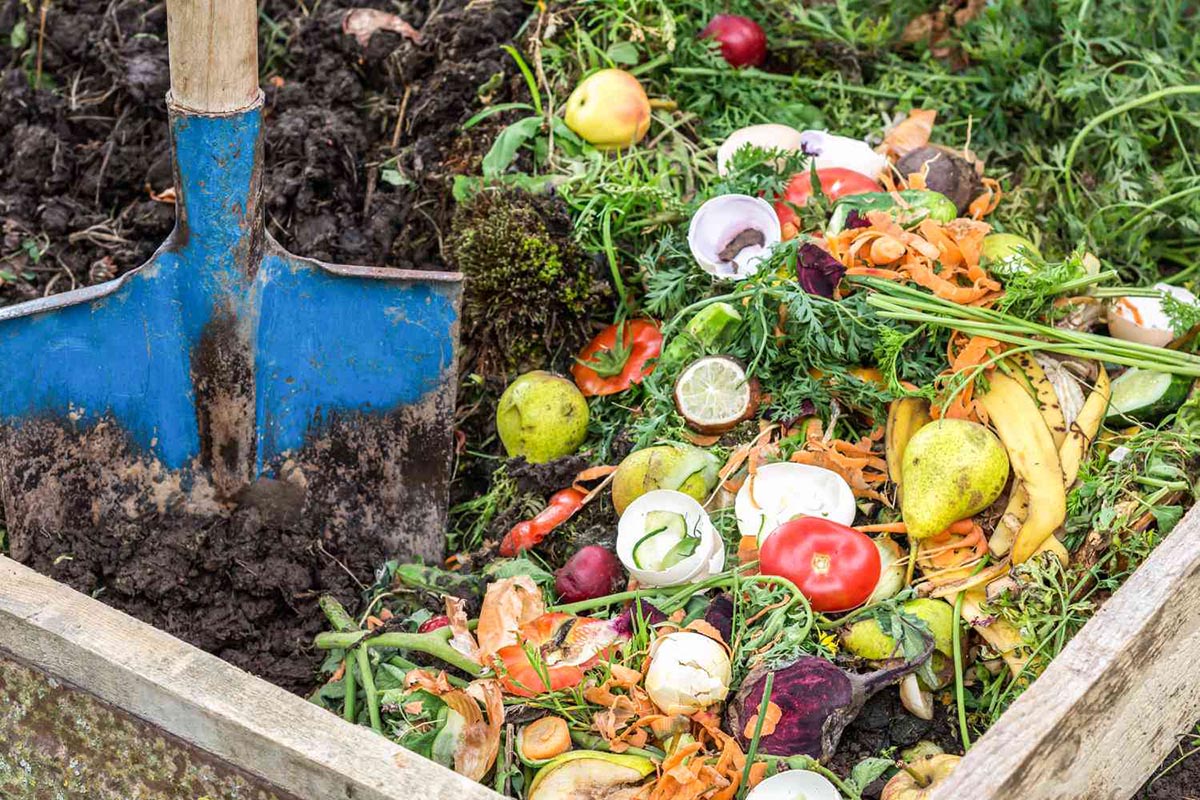
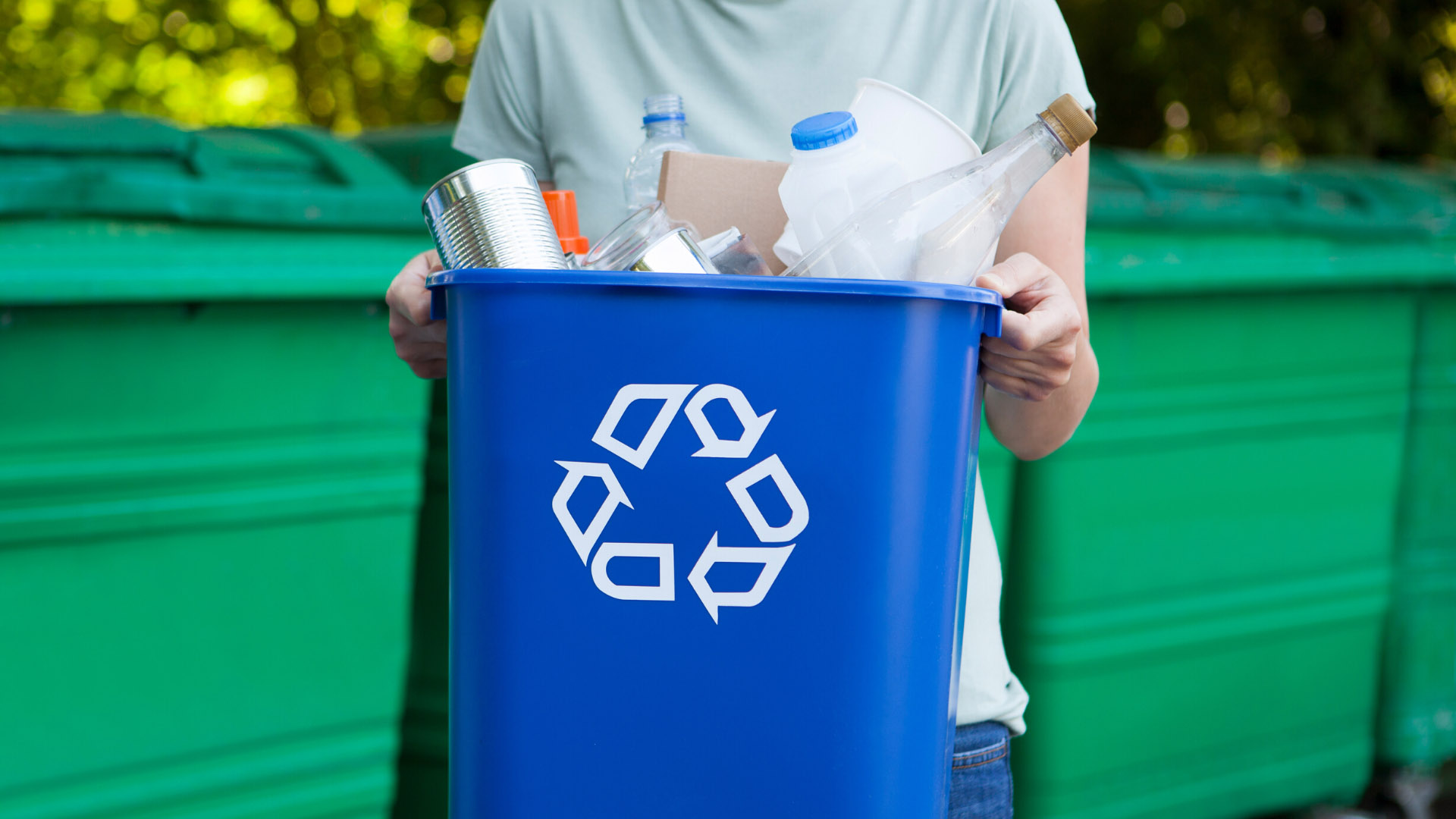

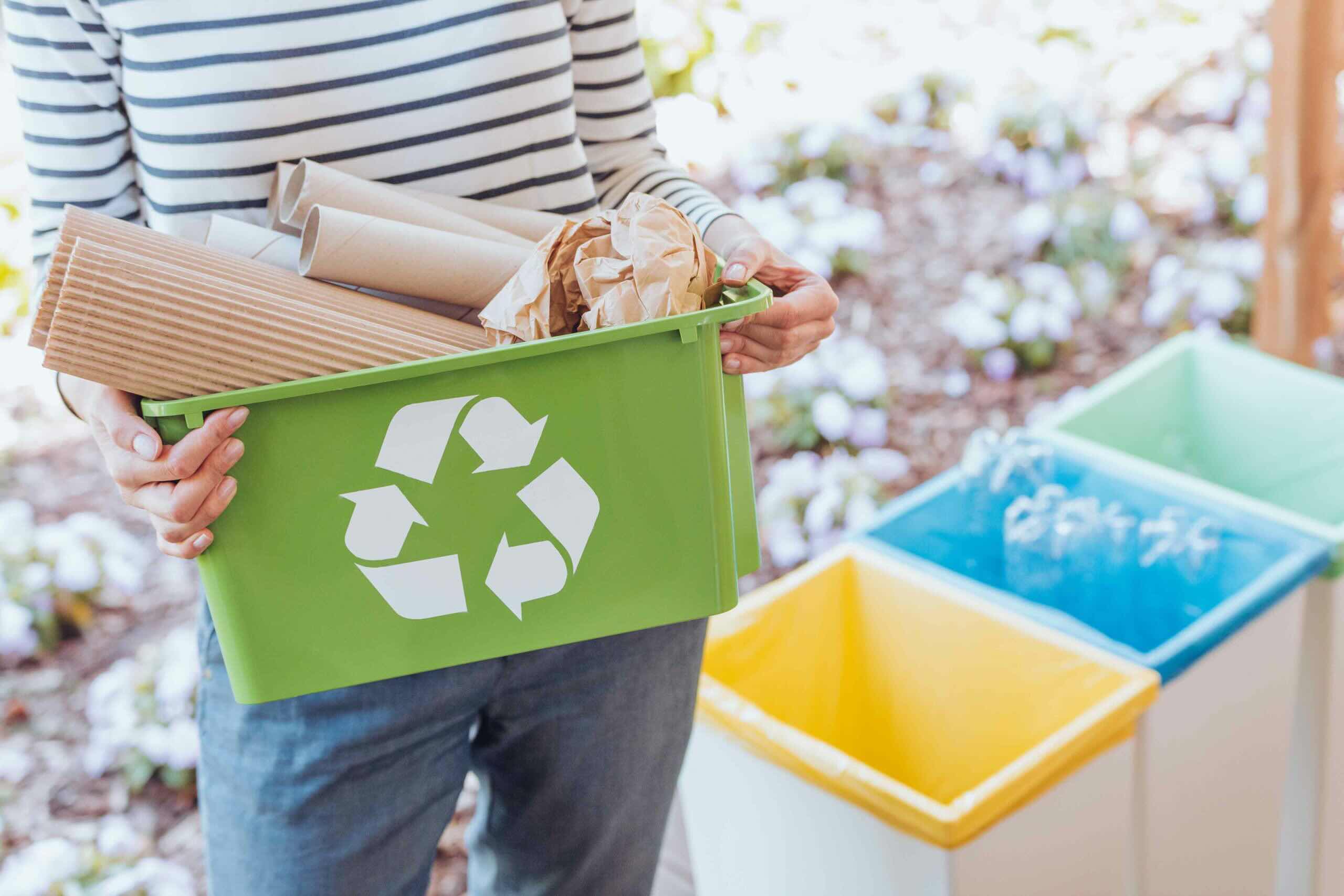
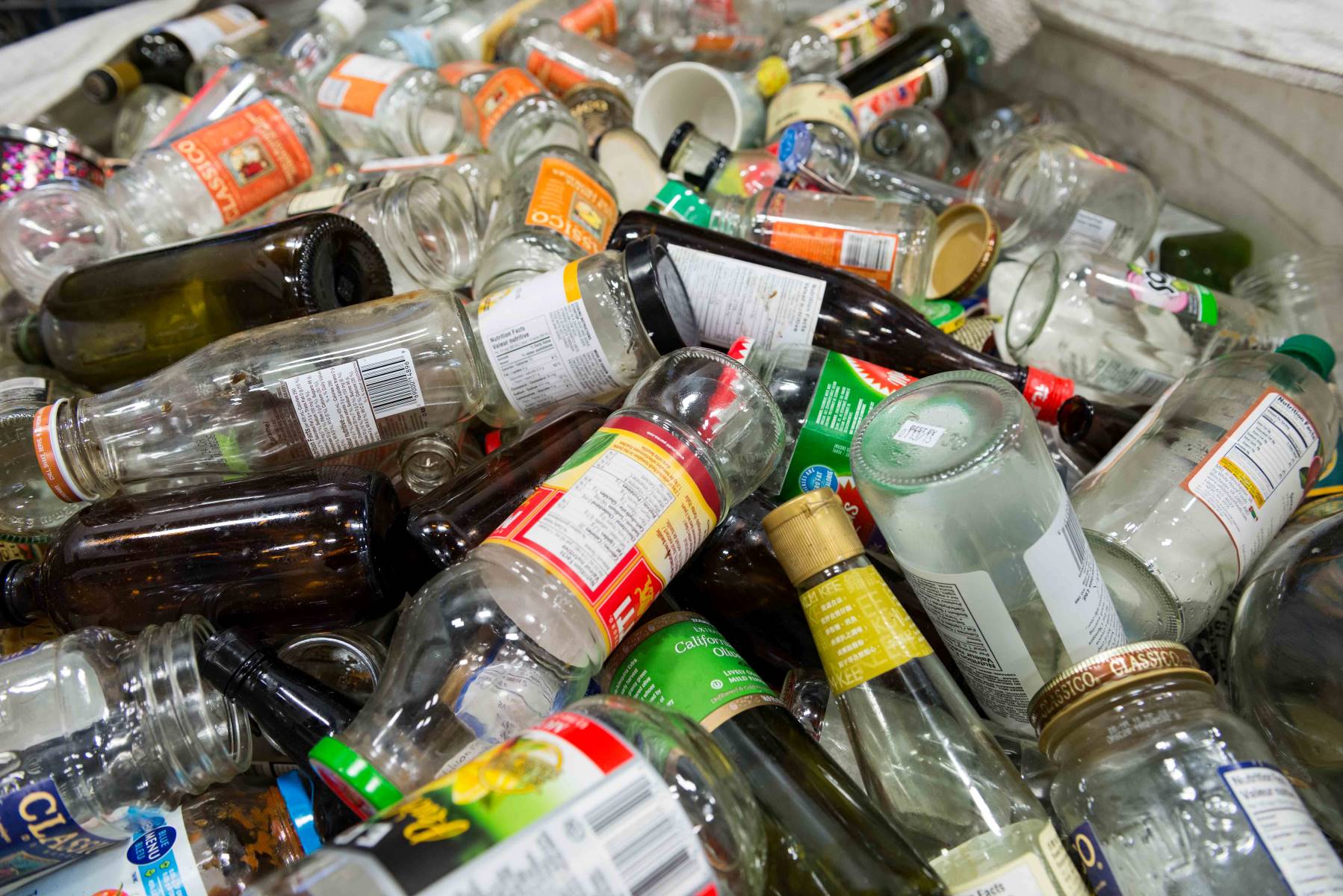

0 thoughts on “What Color Is The Recycling Bin”